In his 30s, with a background in real estate, Alex Shalavi is building up his art collection that centers around minimalist or abstract works by artists of his generation. He endeavours to build a collection that is “more than just a sum of its parts”.
LARRY’S LIST has the pleasure to chat with Alex Shalavi to understand more why he focuses on artists of his generation; how a Graham Collins tint painting took him out of his comfort zone; what are always on his San Francisco January art calendar; as well as his vision to show his collection publicly and build a small foundation in the upcoming five years.
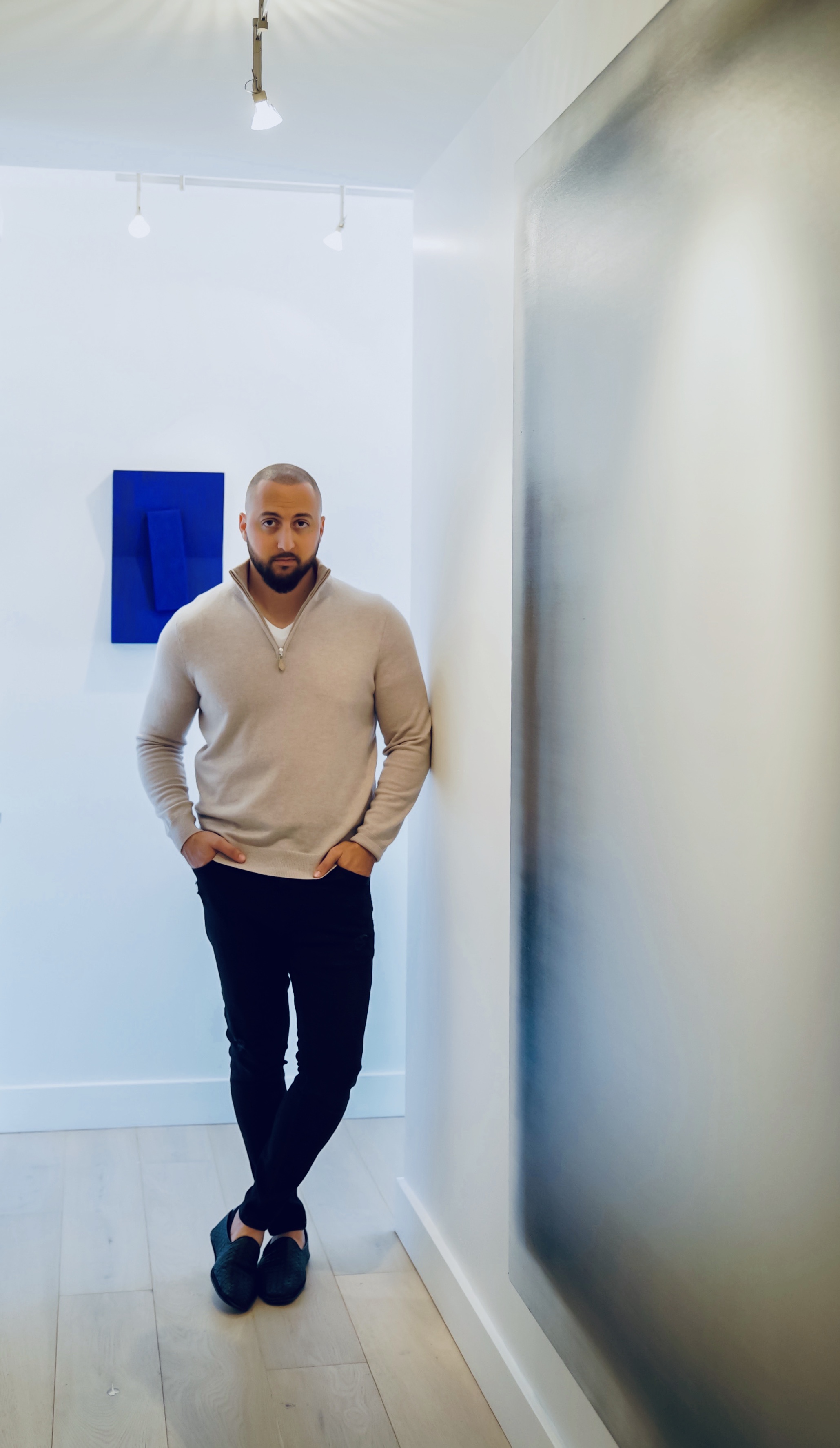
Collecting
What made you want to start collecting art? What is the main motivation behind your collecting?
My interest in art started early, thanks to my mother, who received her MFA in bronze and glass sculpture at the University of Hawaii. My interest in collecting, however, started after college. I visited a friend’s place, who collected mid-century furniture and contemporary art. I realized what a difference this made in how the space felt and how I felt within the space. This feeling made me want to recreate that sensation of originality and completion in my own home. Why I started and the motivation behind my current collecting remain largely the same: to live amongst beautiful works that inspire me.
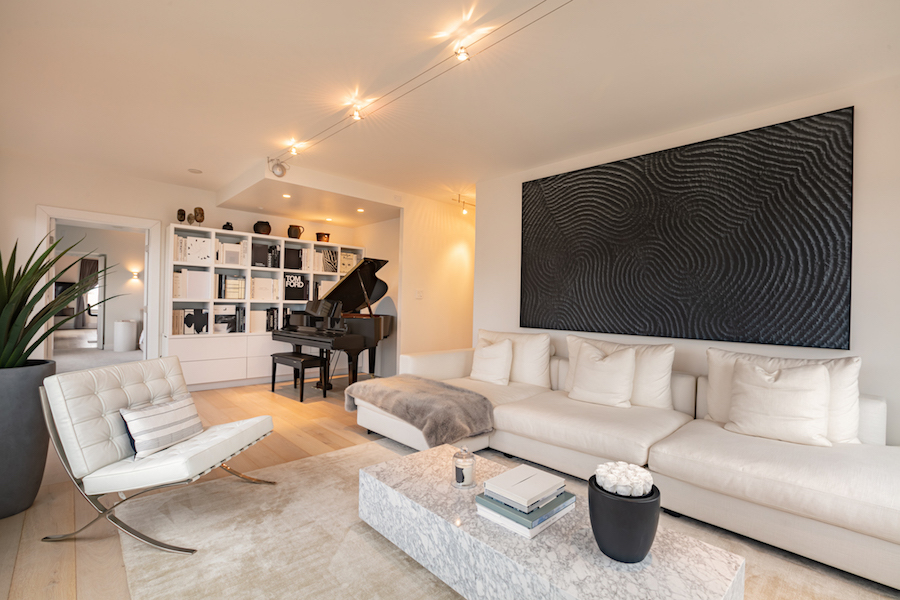
What is your focus regarding the artists in your collection? Why are you more interested in emerging artists?
Emerging contemporary art is my main focus. I want to build a collection based on artists that speak to my generation.
What does it mean to you to collect works by artists from your generation?
For me, collecting artists from my generation means we share common visual language and cultural lexicon. Also, I feel a greater sense of patronage in collecting art by emerging artists. Supporting these artists and their galleries feels more meaningful in this way. I hope to look back at the legacy of my collection and see that these artists withstood the test of time, and that the collection was more than just a sum of its parts.
What is the type of art that has consistently attracted you, or anything that unites all the works you have acquired?
Minimal, abstract, and monochromatic works have always attracted me most. In fact, I am more drawn by texture than color. Thematically, this unites the works in my collection more than any other criteria.
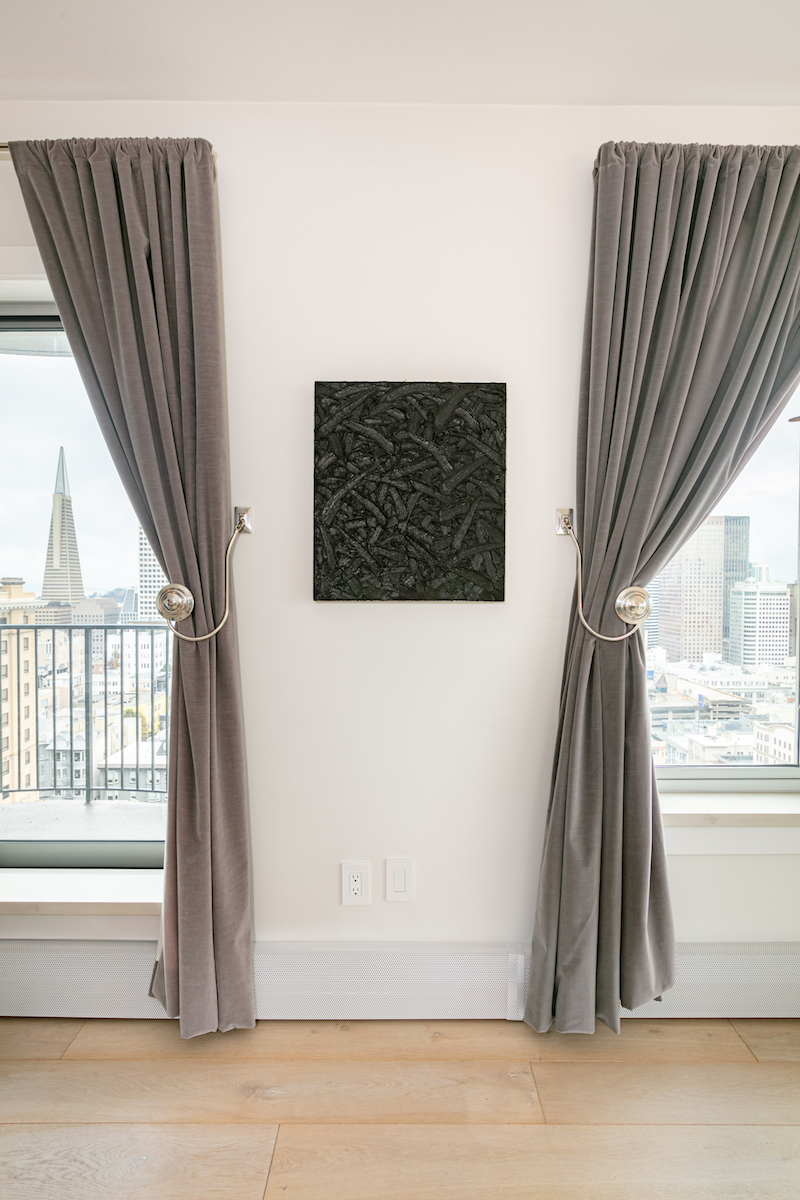
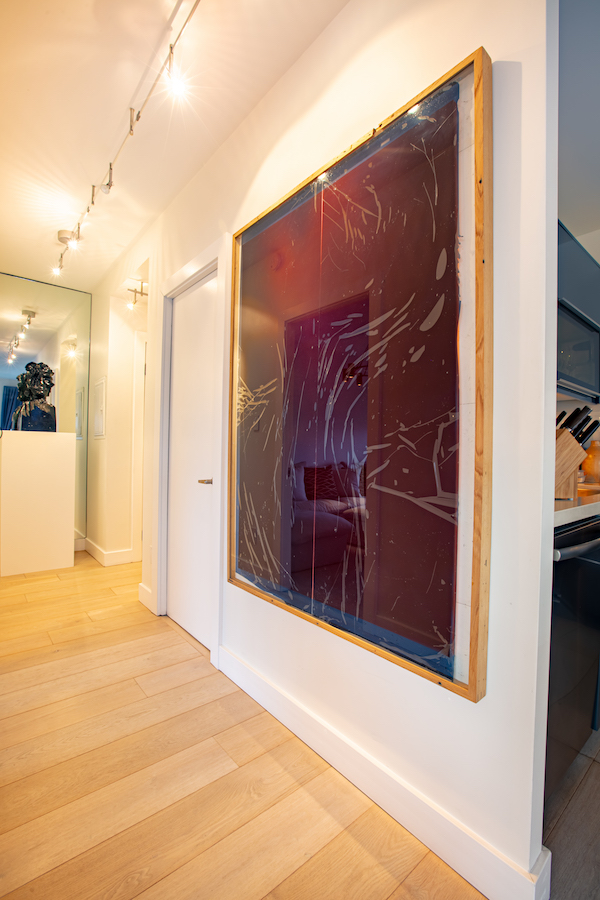
What were the first and the latest artworks you purchased?
My first piece was a Graham Collins tint painting. It took me out of my comfort zone, but also brought the necessary balance to my otherwise minimal and modern apartment. My latest purchases include a painting by James Hayward and a marble sculpture by Kevin Francis Gray.
How many artworks do you own? Where do you display your collection?
I own around 40 works and rotate them in my apartments in San Francisco and Los Angeles.
Have you ever presented, or would you wish to present, your art collection publicly?
I have not, but would love and plan to.
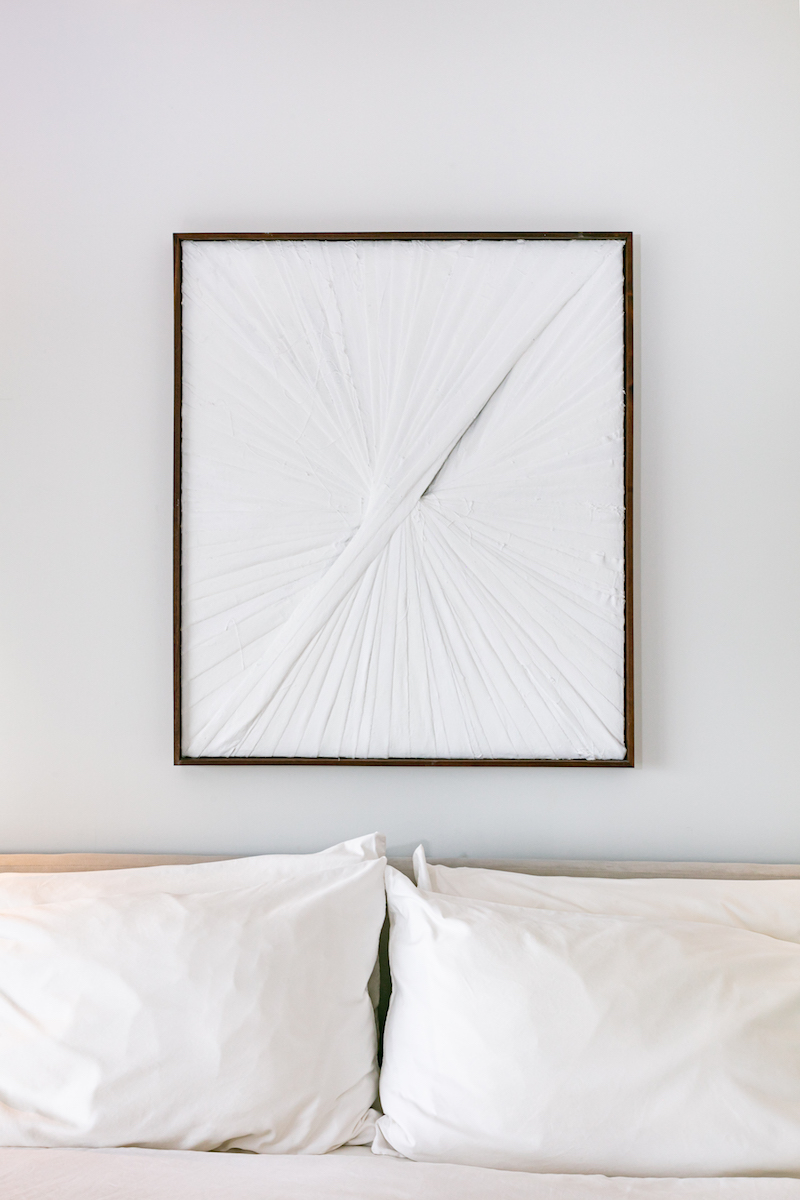
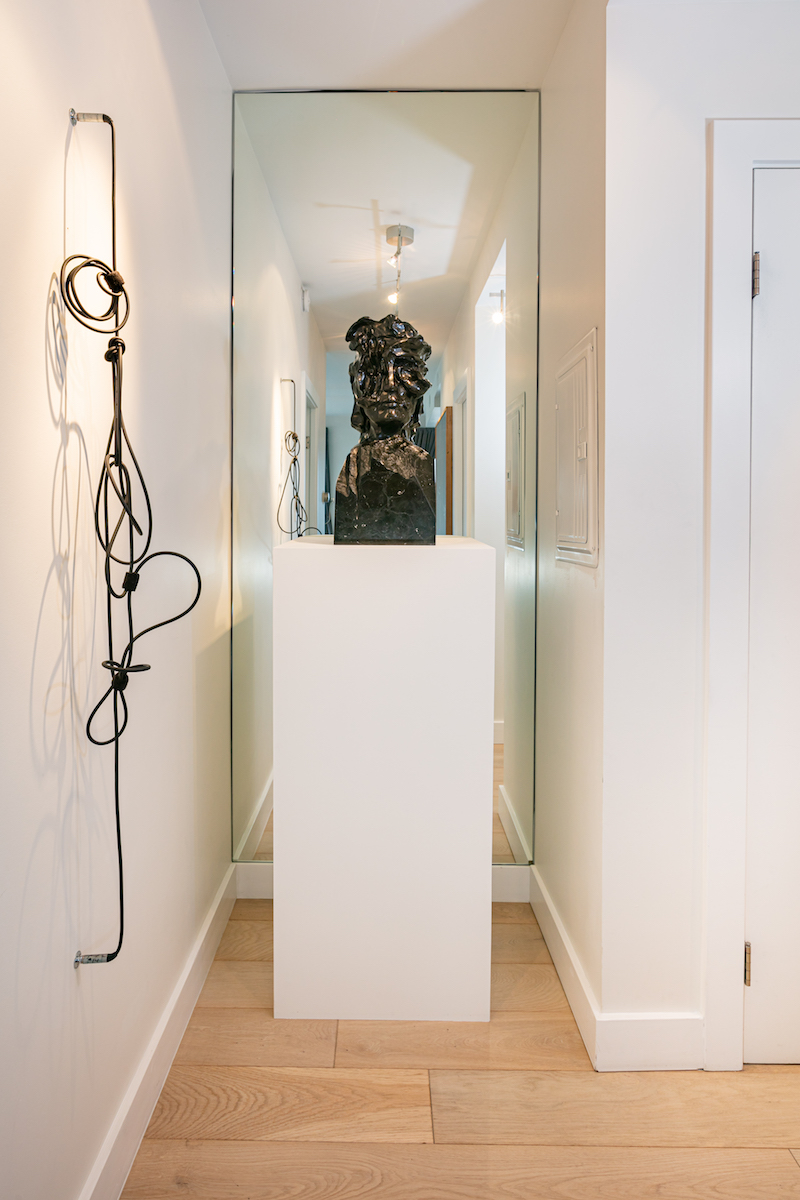
What considerations guide you to make a purchase?
Aesthetic, continuity within my collection, and impact on space.
How important is it for you to meet the artists who created the artwork?
I consider it a great privilege to meet an artist whose work I have collected; it adds to my enjoyment of the piece and to the sense of purpose within the collection. I think all contemporary collectors would agree that it brings another layer of depth to the experience of owning their work. Thanks to my art advisor, I recently visited the studio of Amir Nirkravan in southern California. It was an incredible experience not only to meet him, but also see his studio and a body of new work before it went up for exhibition. It also allowed me to understand his oeuvre more thoughtfully. For example, I currently own a painting by him, but he’s also incredibly talented in 3D. Now I am waiting for the right sculpture to be added to my collection.
What is your vision for your collection in the upcoming three to five years?
In the next three years, I would say it is to continue collecting in a similar trajectory, as I want the continuity in my collection to be clearly identifiable. In the next five years, I would love to show some pieces publicly, along with building a small foundation down the road.
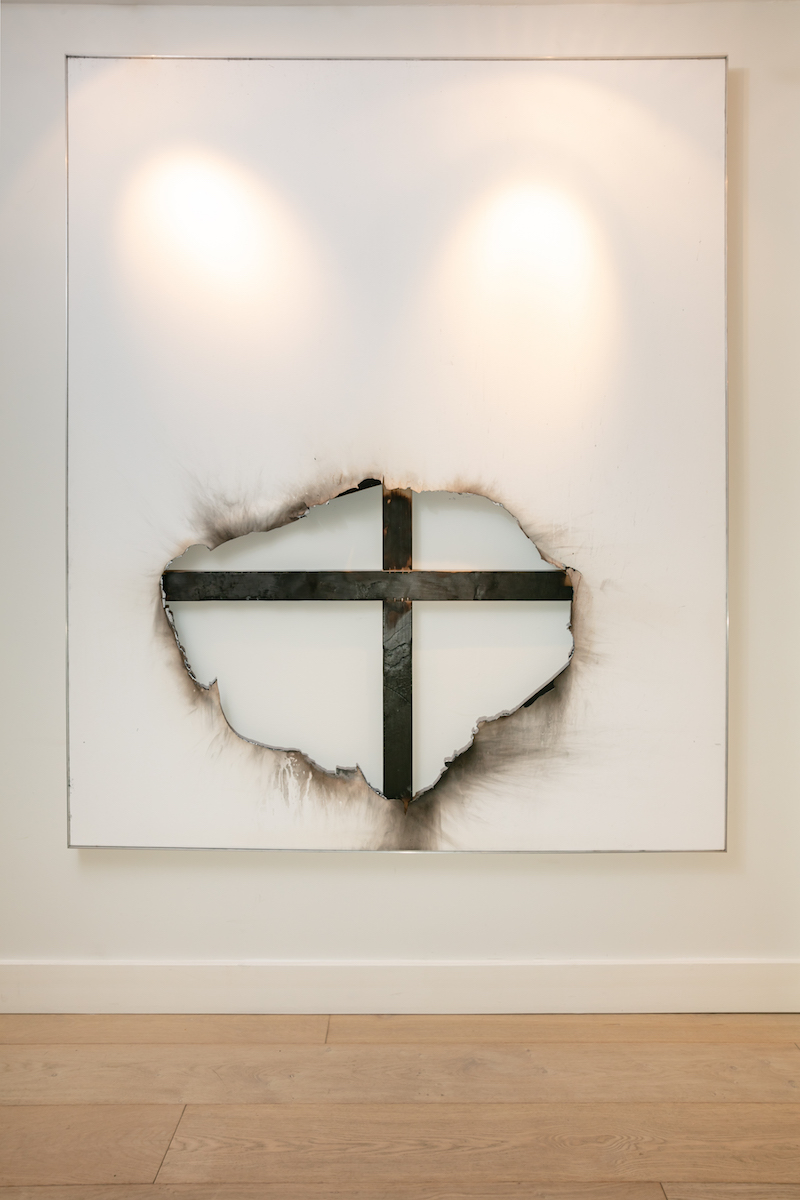
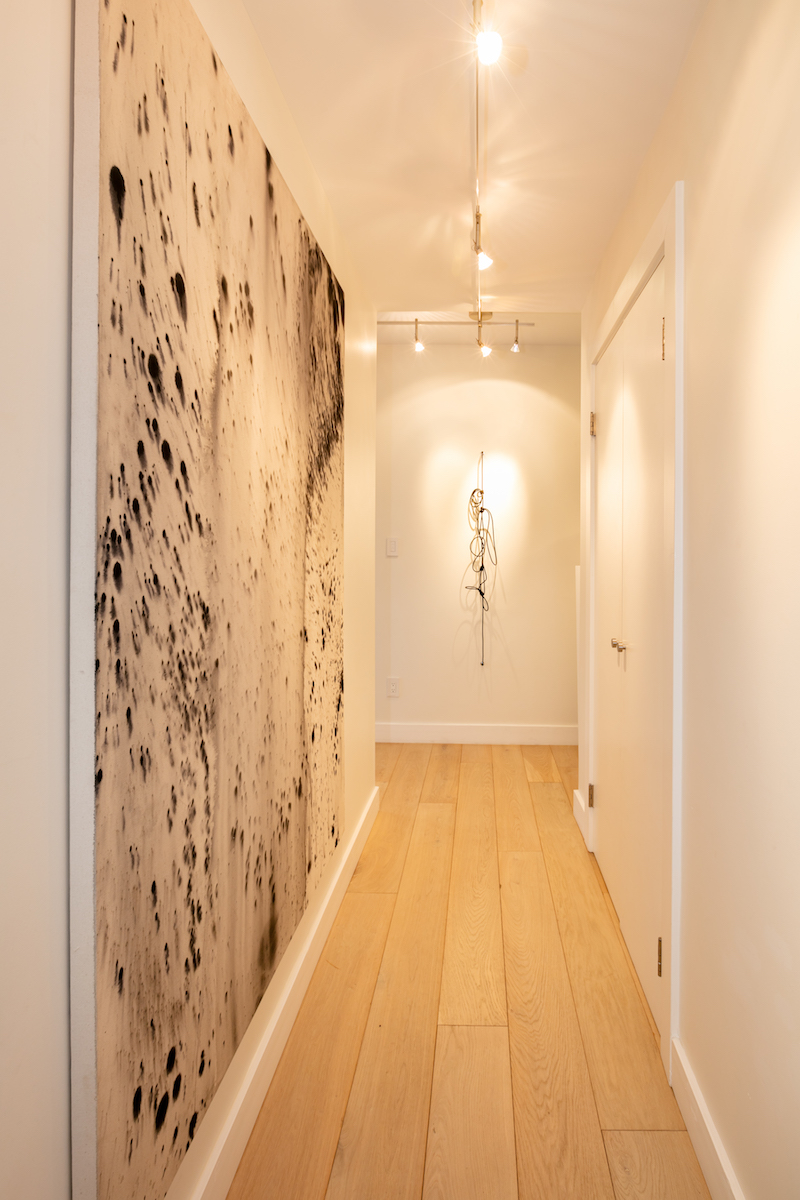
The art world
Who inspires you the most in the art world?
Artists. That’s really what it is all about.
How do you discover and research on artists?
My art advisor, Anna Hygelund of T8 Partners, keeps me in tune with the beat of the market and knows my taste very intuitively. As a team, I feel there is no stone left unturned.
When you cannot travel that much, how do you keep yourself informed and connected with the art world?
The internet is an amazing tool, and the art world has adapted extremely well in times where travel is difficult. That said, regardless of how often I’m traveling, I believe that having a first-rate adviser makes a big difference. There is too much online and too much competition to secure the best works otherwise.
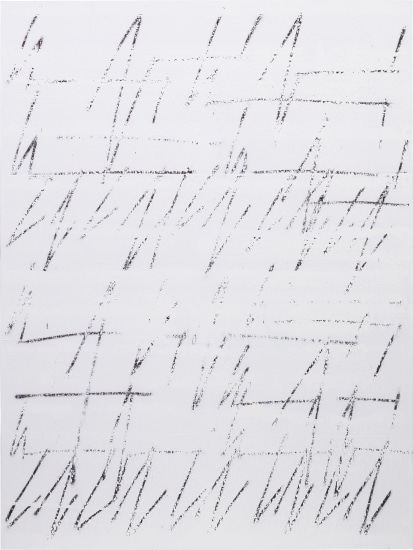
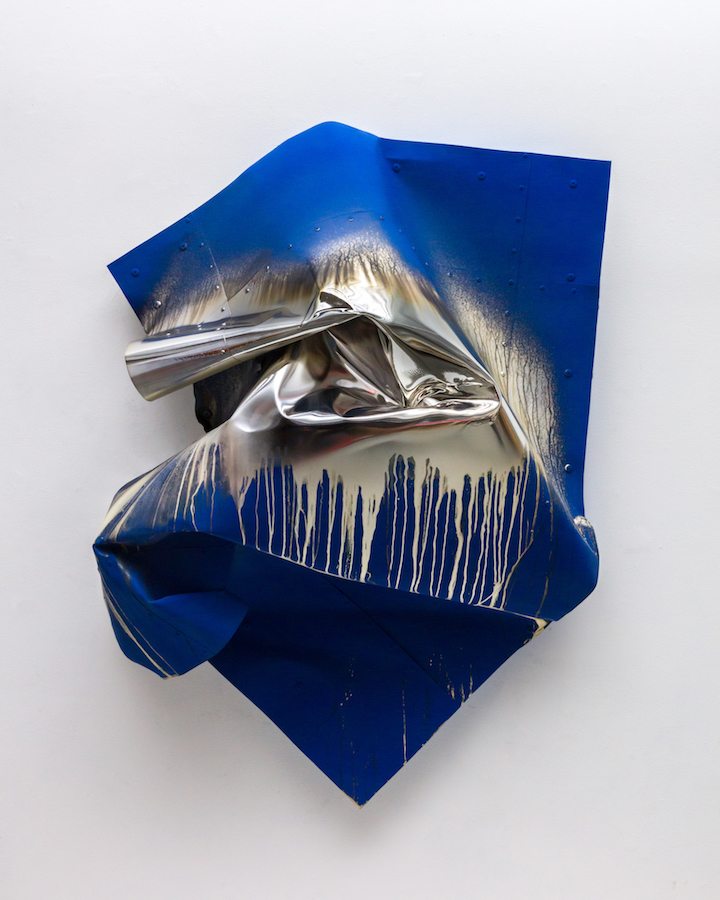
The San Francisco art scene
Can you name three emerging artists who should be on our radar?
Dorian Gaudin, Jenny C. Jones, and Amir Nikravan.
How is the current art collecting scene in San Francisco?
San Francisco and the Bay Area cultivate a breed of collectors who remain mostly behind closed doors. That being said, the well runs very deep, it just requires one to make the right connections.
How do you interact with/contribute to the art scene as a collector?
Aside from regularly seeing the local gallery and museum shows, I am a member of SFMOMA and The Battery. I also attend many events that support the arts in San Francisco, such as FOG fair and Untitled Art Fair which are always on my January calendar.
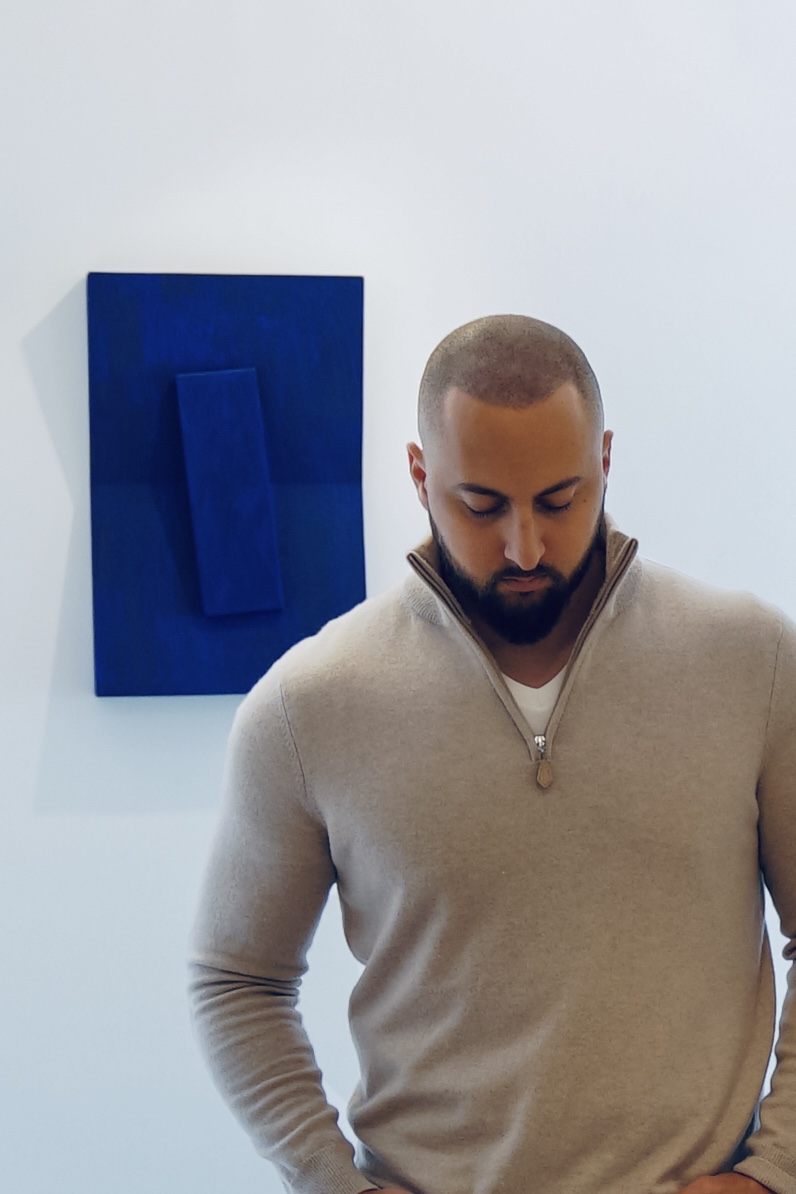
A selection of artists Alex collects:
Chris Succo
Dorian Gaudin
James Hayward
Jennie C Jones
Noam Rappaport
By Ricko Leung





